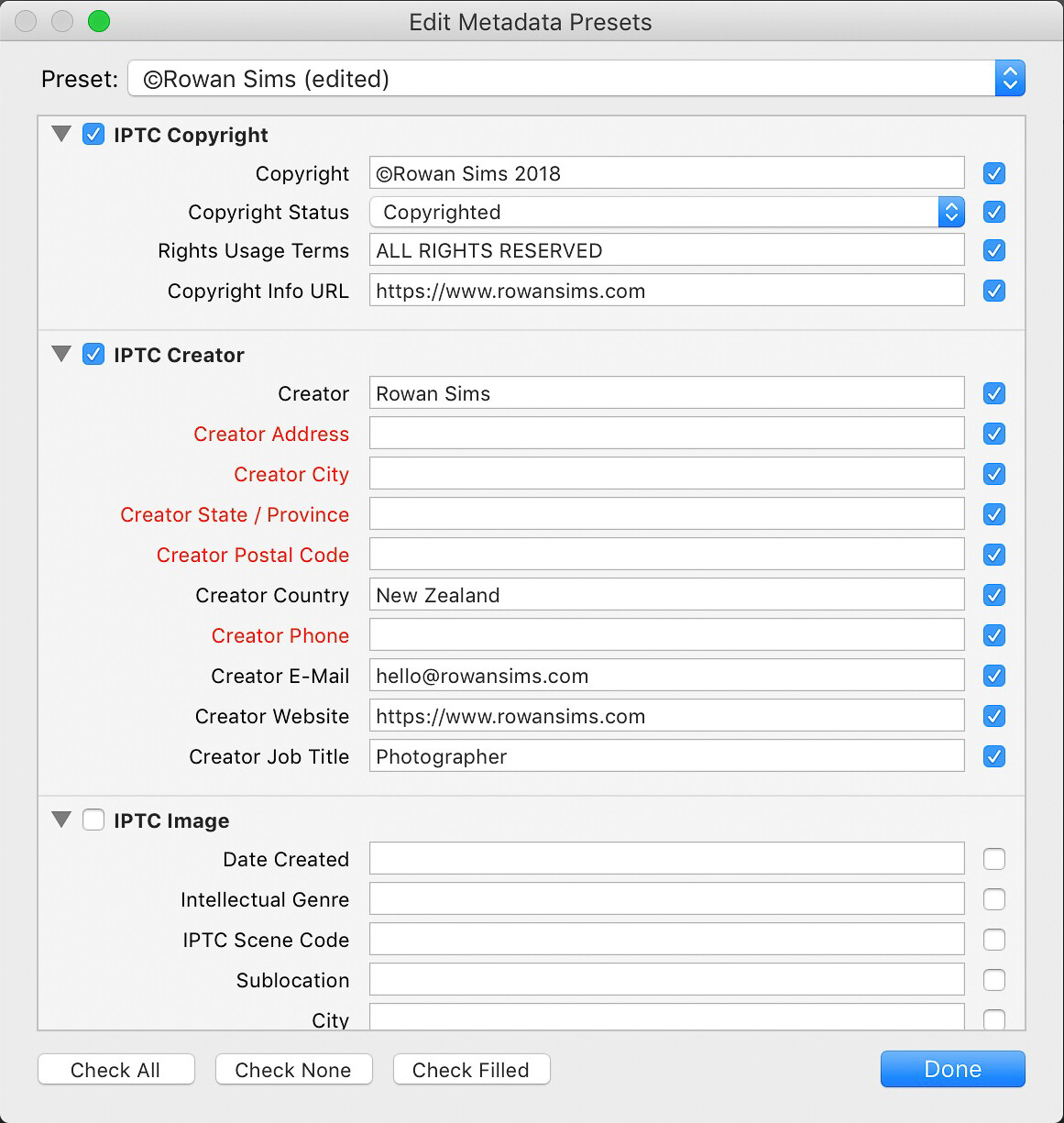The post Speedlight vs Monolight on Location: See How They Compare appeared first on Digital Photography School. It was authored by Caz Nowaczyk.
In this video from Adorama, Gavin Hoey compares speed light vs monolight on location.
In the test, he does three very common lighting scenarios. He uses the flashes as fill flash, overpowering ambient light, and high-speed-sync flash.
He uses model, Charlotte, for the demonstration.
Gavin uses the following gear for the shoot:
- Olympus E-M5 Mk III
- Olympus 12-40mm f/2.8 Pro lens.
- Olympus M.Zuiko 7-14mm f/2.8 Pro lens
- Olympus M.Zuiko 25mm f/1.2 Pro lens
- Flashpoint Xplor600 Flash
- Zoom Li-on Speedlight
- Glow Parapop 38″ Softbox
- Flashpoint R2 Pro II Transmitter
- Seconic L-308X-U
View this post on Instagram
Scenario one: fill flash
First up, in the Speedlight vs Monolight comparison, Gavin uses the monolight.
Before taking any shots, he takes a meter reading of the ambient light. Then to get his flash to match those settings, rather than use trial and error (which you can do), he uses a light meter to take an accurate reading from his model’s chin. He then uses that to set the flash.
Settings: f/3.5 1/250th Sec ISO 200
Next, he uses the speedlight flash. He sets it up using the same light modifier that he uses with the mono light and puts it in the same position.
He takes another light meter reading of his model’s chin, and set’s his speedlight flash.
When comparing the photographs, it is difficult to see the difference between using the monolight and using the speedlight.
Scenario two: overpowering the ambient light
Settings: f/16 1/250th sec ISO 200
In this scenario, Gavin runs the flash at full power to see what sort of aperture he can get out of the flash.
When doing a light meter reading, he gets an aperture of f/22 at the flash’s full-power setting.
Because he doesn’t want to waste the flash battery power and have a longer recycle time, he drops the flash to half power, which gives him an aperture of f/16.
He tests the camera settings without flash first to see how dramatic the sky looks. Then he turns the flash on to get some dramatic shots.
Gavin then swaps the flash over to the Speedlight, again using the same modifier and distance. The meter reading with the speedlight gives f/11, and the speedlight is set to full power.
In the side by side comparison, Gavin prefers the speedlight version over the monolight (what do you think?). But he prefers the flexibility, faster recycle times, power usage etc. of the monolight.
Scenario three: high-speed-sync flash
High-speed-sync flash strobes the light rapidly, meaning you get less power out of the lights. It is used for a shallow depth of field, so Gavin switches to a 25mm f/1.2 lens and shoots at f/1.2.
Firstly, Gavin turns off the flash and dials in f/1.2 and his flash sync speed of 1/250th of a second and then takes a picture of his model, Charlotte, to see what he gets at those settings.
While his model is quite well exposed at those settings, the background is overexposed, so Gavin tries 1/4000th of a second shutter speed, which gives him more detail in the background.
Most light meters won’t work with high-speed sync, so Gavin uses trial and error to set the flash to light Charlotte. He settles with 1/16th power.
Settings: f/1.2, 1/4000th sec, ISO 200.
He then tries the same settings with the speedlight flash with the flash at half-power.
While the flash does well to light the model, it struggles to keep up when shooting a number of shots in quick succession. He managed to get 18 photos in a row before the speedlight stopped working. This was actually the recycle time getting much longer.
Conclusion
If you have lots of high-speed-sync photos to take on location, you are better off with a monolight.
Variables: how far flash is from the subject, amount of ambient light, and softbox.
What are your thoughts on the comparisons? Which do you think wins in the speedlight vs monolight comparison? Share in the comments!
You may also like:
- Simple Tips to Improve Your Portrait Photography Immediately
- Getting to Grips with Fill Light in Portrait Photography
- What Size Beauty Dish is Right For Your Portrait Photography?
- Your Guide to Studio Lighting Equipment
- Learn How to Setup Studio Lighting in 15 Minutes
- Understanding Broad and Short Lighting in Photography
- Portraits: Lighting the Shot
The post Speedlight vs Monolight on Location: See How They Compare appeared first on Digital Photography School. It was authored by Caz Nowaczyk.



































































You must be logged in to post a comment.